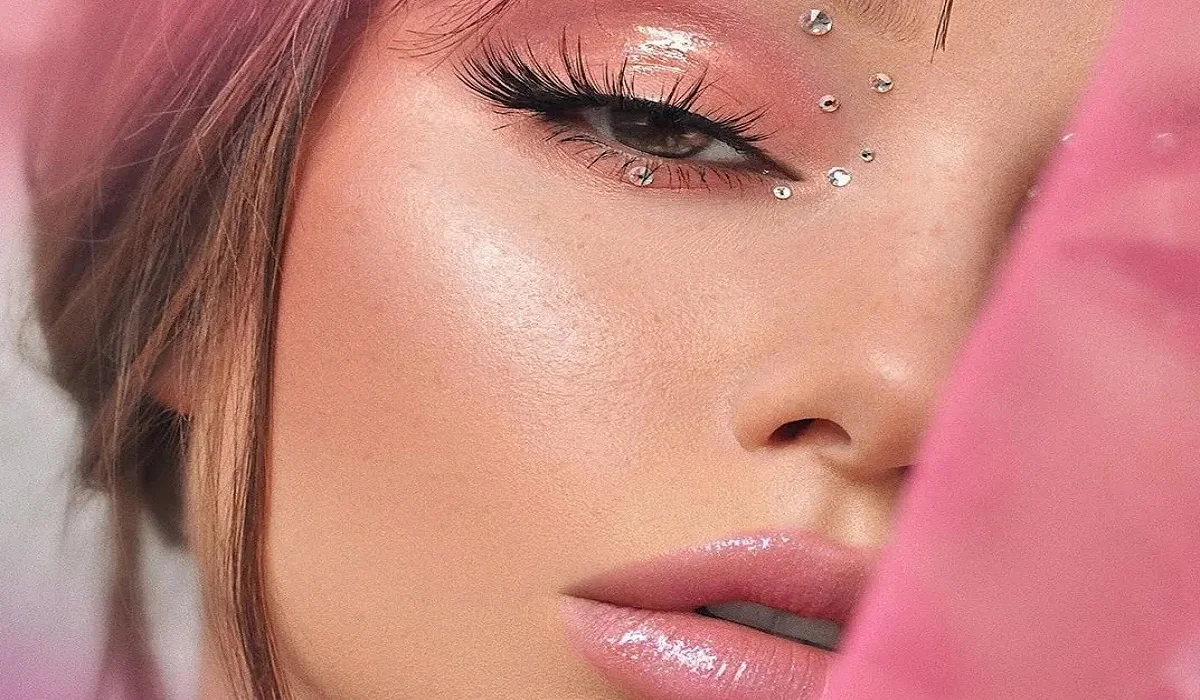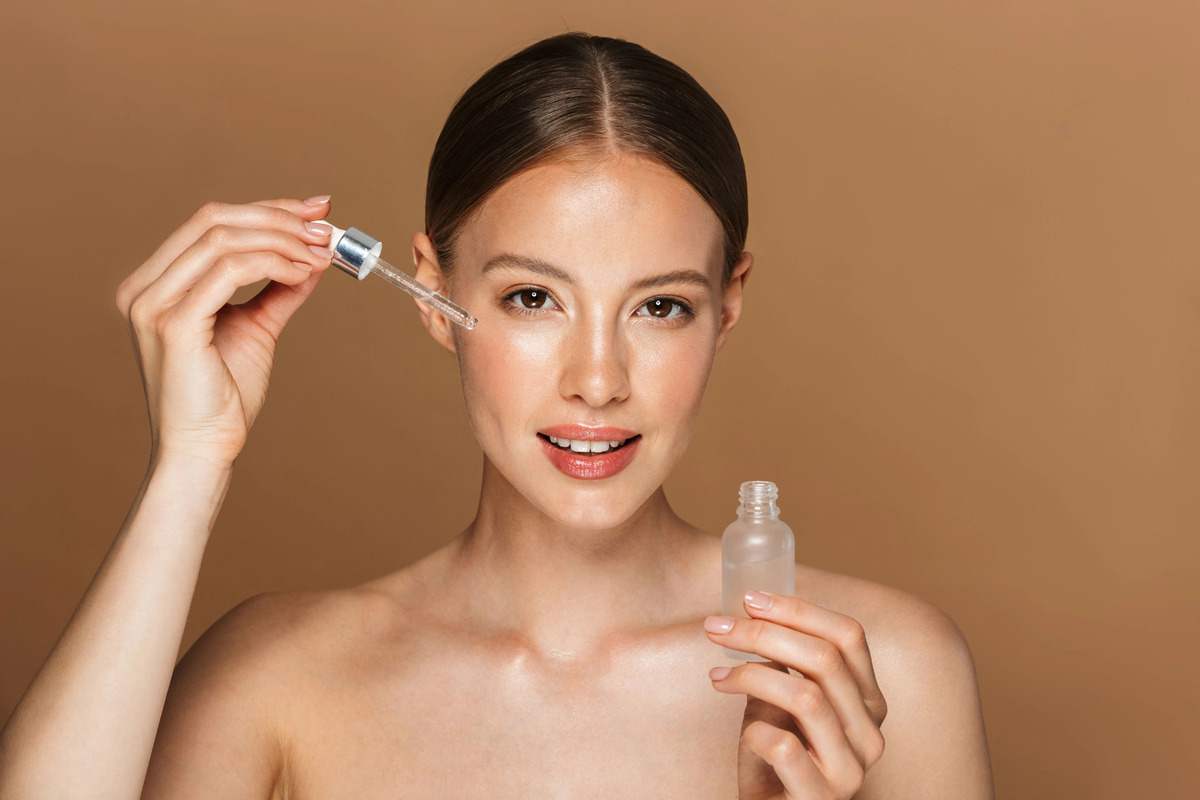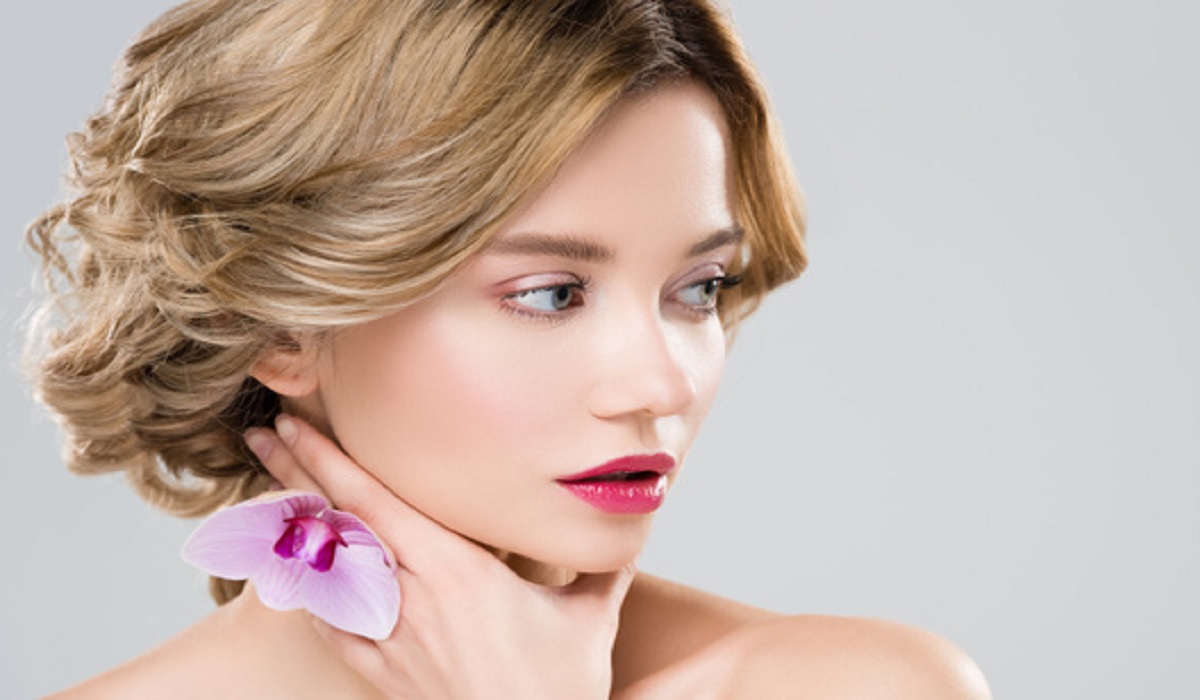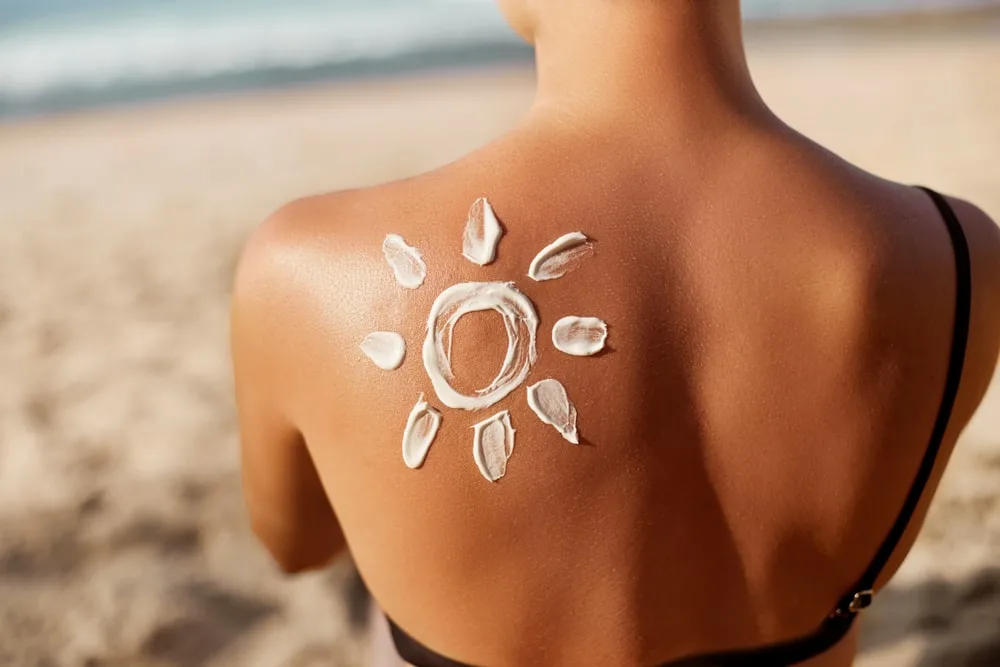Lipstick, the crowning jewel of many makeup looks, can be both a blessing and a curse. While finding that perfect, long-lasting shade is a victory for beauty enthusiasts, removing it can pose a significant challenge. Stubborn, long-wearing lipsticks designed to last through meals and drinks often leave a lasting stain, necessitating effective removal techniques to protect and care for your lips. This guide offers detailed strategies for removing even the most tenacious lipstick, ensuring your lips remain healthy and stain-free.
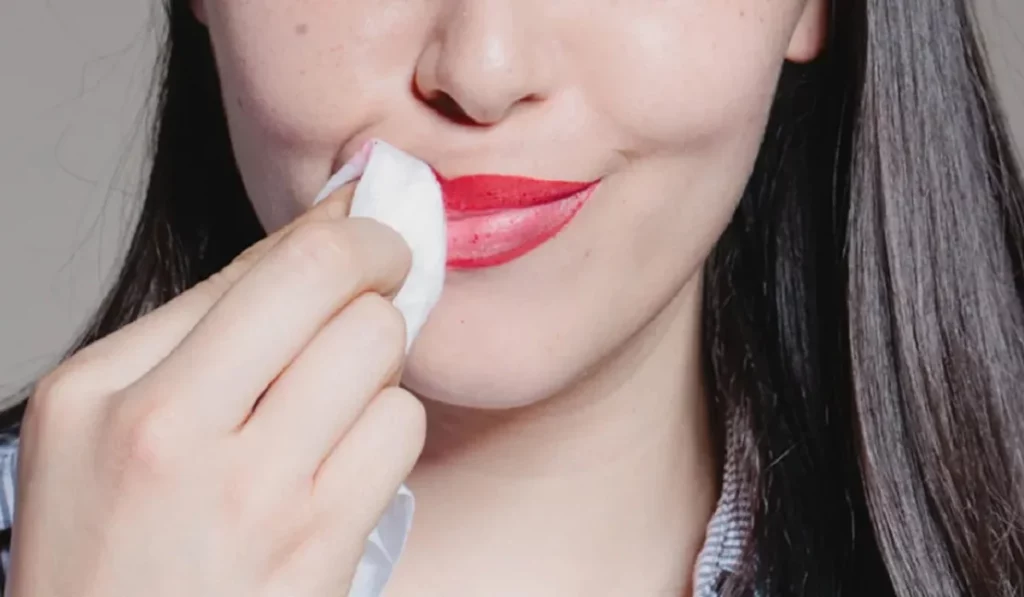
Before diving into removal methods, it’s essential to understand why some lipsticks are so hard to remove. Long-lasting and smudge-proof formulas contain ingredients designed to adhere firmly to the lips, resisting moisture and friction. While this makes them incredibly durable throughout the day, it also means they can stain the lips and require more than just a simple wipe to remove.
Effective Removal Techniques
1. Vaseline
Vaseline, a staple in skincare routines for generations, is not only a powerful moisturizer but also an effective lipstick remover. Its thick, emollient nature helps to break down the lipstick’s formula, making it easier to wipe away.
- Application: Apply a generous amount of Vaseline to your lips, ensuring full coverage. Let it sit for about 5 minutes to soften the lipstick.
- Removal: Use a damp cotton pad or cloth to gently wipe away the lipstick in a single stroke. Repeat if necessary, ensuring all traces of color are removed for a clean, soft finish.
2. Lip Balm
Lip balm can act as an on-the-go lipstick remover, offering a convenient solution when you need a quick color change.
- Application: Swipe the lip balm over your stained lips, covering them completely to lift the pigment.
- Removal: Instead of a cotton pad, use a tissue for this method. Gently press and wipe the tissue across your lips, removing the balm and the lifted lipstick pigment.
3. Organic Oil
Natural oils such as coconut and olive oil are not only excellent for skin care but also adept at removing stubborn makeup, including lipstick.
- Application: Dab a dime-sized amount of oil onto a cotton pad and apply it to your lips, focusing on the stained areas.
- Removal: The oil will loosen the lipstick’s grip on your lips. Use the cotton pad to gently rub the oil across your lips, lifting and removing the color. This method is effective yet gentle, preventing smearing and spreading of the pigment.
4. Micellar Cleansing Water
Micellar water is a gentle yet effective makeup remover that can tackle stubborn lipstick without irritating the skin or lips.
- Application: Soak a cotton pad with micellar water and hold it against your lips for a few moments to allow the micelles to attract and dissolve the lipstick.
- Removal: Gently wipe the cotton pad across your lips, refreshing the pad as needed until all lipstick is removed. This method is particularly suitable for those with sensitive skin.
5. Lip Scrub
Creating a homemade lip scrub with honey and brown sugar not only removes stubborn lipstick but also exfoliates the lips, leaving them soft and smooth.
- Application: Mix a small amount of honey with brown sugar and apply the mixture to your lips.
- Removal: Gently rub the scrub over your lips for a few minutes to exfoliate and lift the lipstick. Use a washcloth to wipe away the scrub and any remaining lipstick.
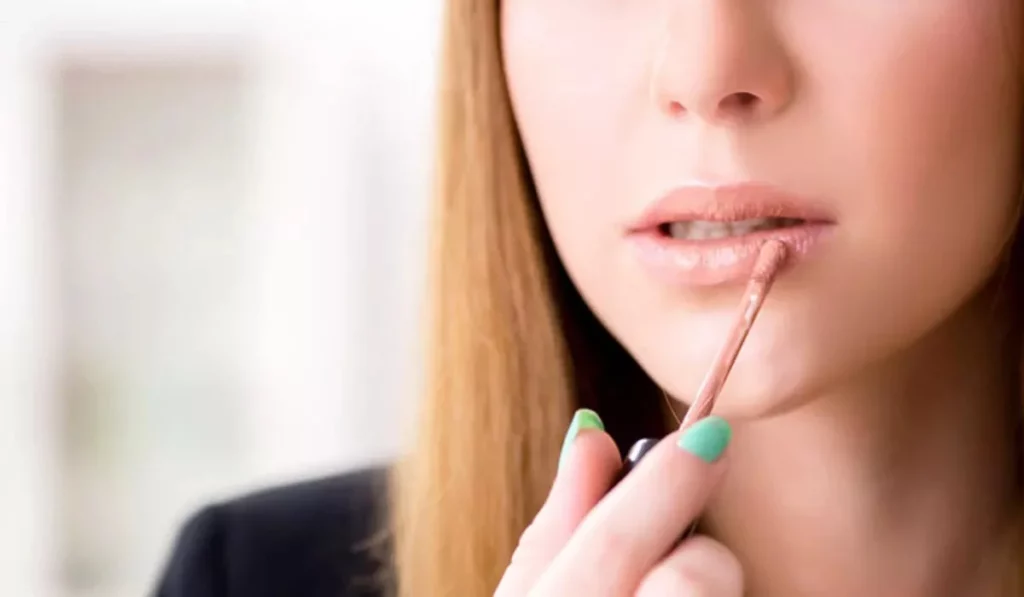
Step-by-Step Removal Process
- Preparation: Start by blotting your lips with a clean cloth or pad to remove any excess lipstick.
- Application: Choose your preferred removal method and apply the product liberally over your lips. Allow it to sit and work its magic for around 5 minutes.
- Wiping: Soak a cotton pad in warm water to help break down the product and lipstick further. Wipe your lips gently, using a fresh part of the pad with each stroke until no color remains.
- Moisturizing: After successfully removing the lipstick, apply a hydrating lip balm to replenish moisture and protect your lips.
Removing stubborn lipstick needn’t be a harsh or damaging process to your lips. With the right products and gentle techniques, you can effectively remove any trace of lipstick, leaving your lips clean, soft, and ready for your next color application or simply to rest and rejuvenate overnight.
Refined Answers to Common Queries
Is It Safe to Eliminate Tenacious Lipstick Without Damaging My Lips?
Absolutely, provided that one adheres to gentle, moisture-rich techniques as detailed herein. Utilizing substances such as Vaseline, lip balm, organic oils, micellar water, and crafted lip scrubs can efficaciously dispel persistent lipstick while safeguarding your lips’ well-being. It is imperative to apply a quality lip balm post-removal to maintain optimal hydration.
Can Baby Oil Serve as a Substitute for Olive or Coconut Oil in Lipstick Removal?
Indeed, baby oil constitutes a viable and gentle alternative for eradicating stubborn lipstick, thanks to its formulation tailored for sensitive skin, thereby deeming it appropriate for the fragile area of the lips. Nonetheless, individuals with oily or acne-prone skin should exercise caution when applying near the lip perimeter to avert potential skin breakouts.
Is Micellar Water Compatible with All Skin Varieties?
Crafted for mildness, micellar water is generally compatible across all skin types, encompassing those with sensitive skin. Its micelles proficiently attract and encapsulate impurities, oils, and makeup without depriving the skin of its innate moisture, rendering it an excellent cleansing agent.
Recommended Frequency of Lip Scrub Utilization?
Limit lip scrub application to once or twice per week to prevent the risks of over-exfoliation, which may precipitate sensitivity and irritation. Regular exfoliation eradicates dead skin cells, enhancing your lips’ texture and increasing their receptiveness to moisturizing agents.
Remedial Measures for Dry or Irritated Lips Post Lipstick Removal?
Subsequent to stubborn lipstick removal, it’s typical for lips to exhibit a degree of dryness. To counteract this, liberally applying a hydrating lip balm or an overnight lip mask is advisable for moisture replenishment. Should irritation ensue, opt for a less abrasive removal technique in future instances and seek dermatological advice if discomfort persists.
Efficacy of These Techniques Against Waterproof Lipstick?
The outlined methods prove potent in dislodging waterproof and enduring lipstick variants. Oils are particularly effective, given their prowess in dissolving the oils and waxes constituting waterproof makeup.
Pre-Lipstick Application Lip Exfoliation: Necessary?
Exfoliating your lips can foster a smoother base for lipstick, notably for matte or long-lasting types prone to highlighting textural discrepancies. Nevertheless, exfoliation immediately before every application isn’t obligatory. Routine exfoliation coupled with hydration suffices.
Strategies to Avert Lipstick Stains?
Employing a lip primer or a minimal foundation coat prior to lipstick application can establish a protective barrier against stains. Favoring premium lipsticks with minimal staining propensity and ensuring regular lip moisturization can also diminish staining risk, as well-hydrated lips are less inclined to pigment absorption.
Feasibility of Utilizing Makeup Wipes for Stubborn Lipstick Removal?
Although makeup wipes can tackle lipstick removal, their efficiency wanes against stubborn or waterproof variants and might strip or irritate the lips. The aforementioned gentler, more effective methods are recommended for comprehensive lipstick removal without compromising lip moisture.

